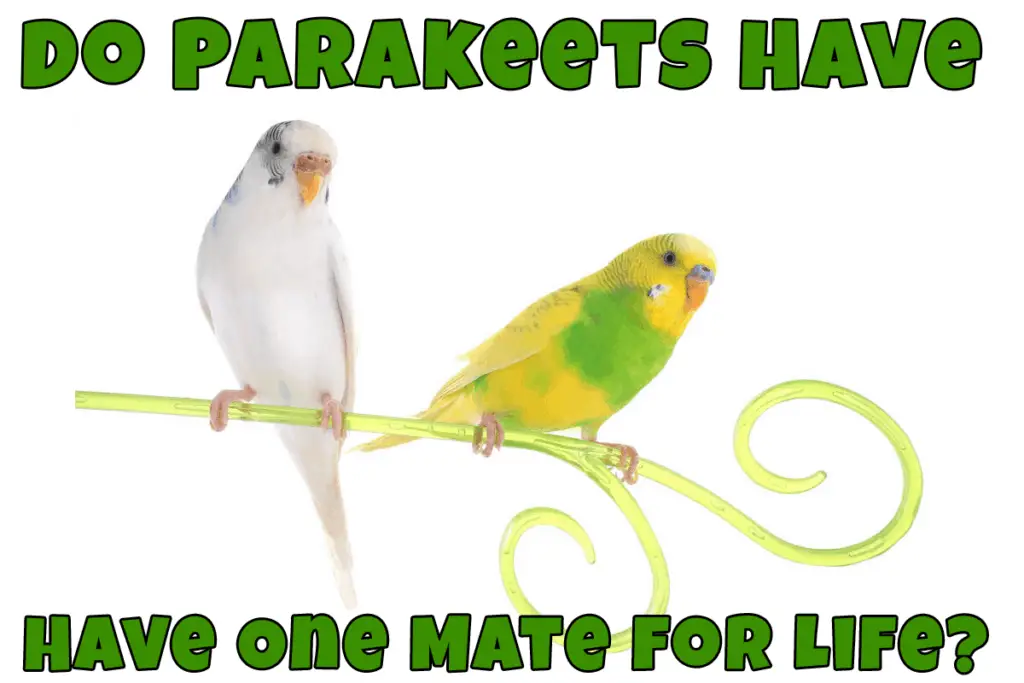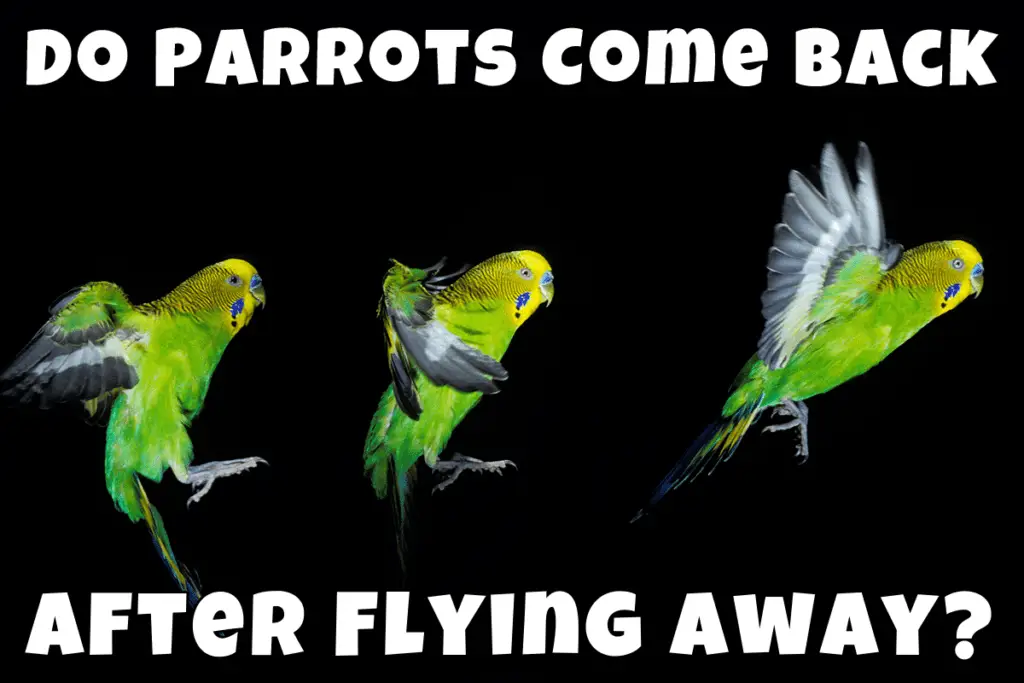One sunny morning, you can come across an egg in your female parrot’s cage. But how has that happened? There is no male parrot around, and you own only one parrot, so how on earth does she get pregnant? After the first shock goes away, it’s time to wonder – why does she have an egg?
In fact, laying eggs does not necessarily mean your parrot pet is going to become a mom. In this way, the bird adapts to the change of seasons and light parameters in the surrounding environment. And I’ll give more details on that a bit later.
For now, let’s see how can you possibly know if your parrot is pregnant?
To start with, let’s clarify that a female parrot doesn’t really get pregnant in the way we understand it. Instead, they do lay eggs that can be fertilized or not. A fertilized egg goes through the incubation period and hatches into a chick. A non-fertilized egg cannot become a chick.
With all that said, I suggest diving deeper into the topic of female parrot’s pregnancy today. And, the questions related to this that are worth discussing:
- What is mating in parrots?
- When is a proper time to mate my parrot pet?
- How can a female parrot lay eggs and not be pregnant?
- And how do I know my parrot has gestation and birth periods? How does it look like in parrots?
So let’s keep going.
Mating: How Does It Look Like in Parrots?
Parrots are not like mammals, so don’t expect their mating period to look similar to mammals’.
The construction of the genitals in parrot differs, and they don’t have a penis. Male parrots’ body has a small hole the same as the female parrot has. So when they mate, the male parrot climbs on top of the female parrot.
Mating is accompanied by lots of body language like active wing flapping that may seem aggressive to you at some point. But don’t worry, that is natural. The male parrot is not going to hurt the female; he is just trying to maintain the balance and not fall off.
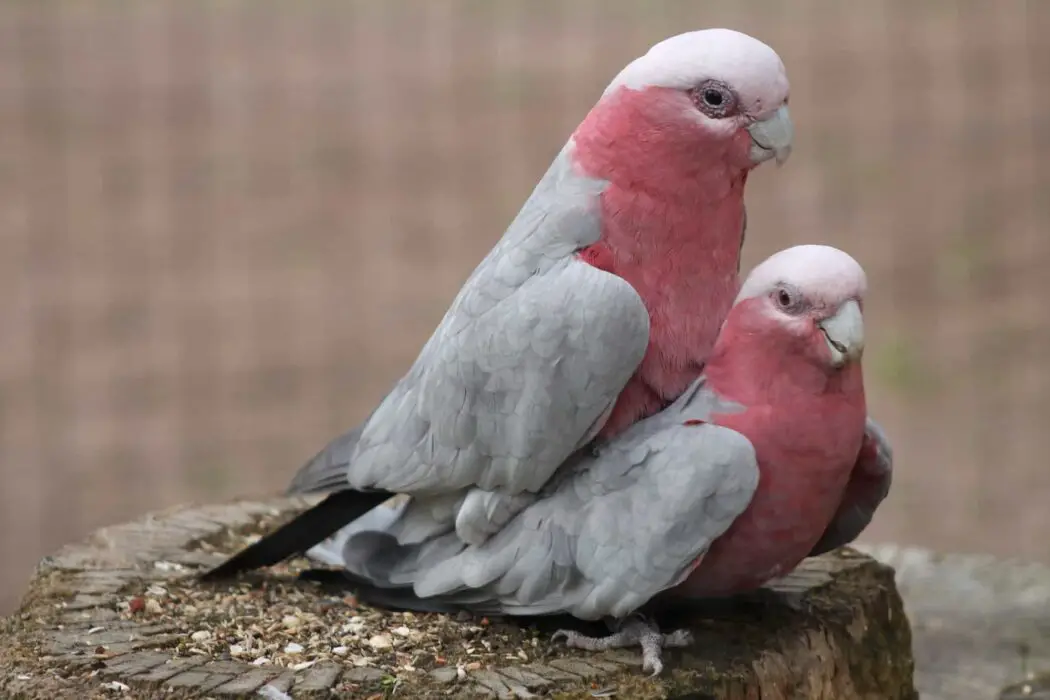
When Does My Parrots Mate?
If compared to people, parrots have got a specific mating time. Like all birds, parrots are more likely to mate during spring. When the weather becomes warmer, snow melts, and it’s more rain outside – birds become more active and start to sing. So be sure their mating season is nearly started.
Although, keep in mind that the normal mating season for parrots will not last more than one or two weeks. So if you aim to breed parrots, try to catch up the right timing for it. If you’re late, you’ll need to wait until the next mating season – next spring.
An impressive fact to know: apart from the short mating season, the parrot’s reproductive organs shrink. But during the mating season, they increase almost 10 times.
Another thing you should know is that parrots are primarily monogamous. So if you’ve mated your male parrot with one female before, be sure to arrange the same female for mating. If you try to find him a different partner for mating, more likely you won’t succeed.
5 Signs That a Parrot Wants to Mate: How to React?
Mating Season: 4 Signs to Watch For
As I said above, the weather and more noise your parrot creates will notify you about the beginning of the mating season. But not only these signs can help you understand the right timing. There are few more signs of parrots mating you should be aware of.
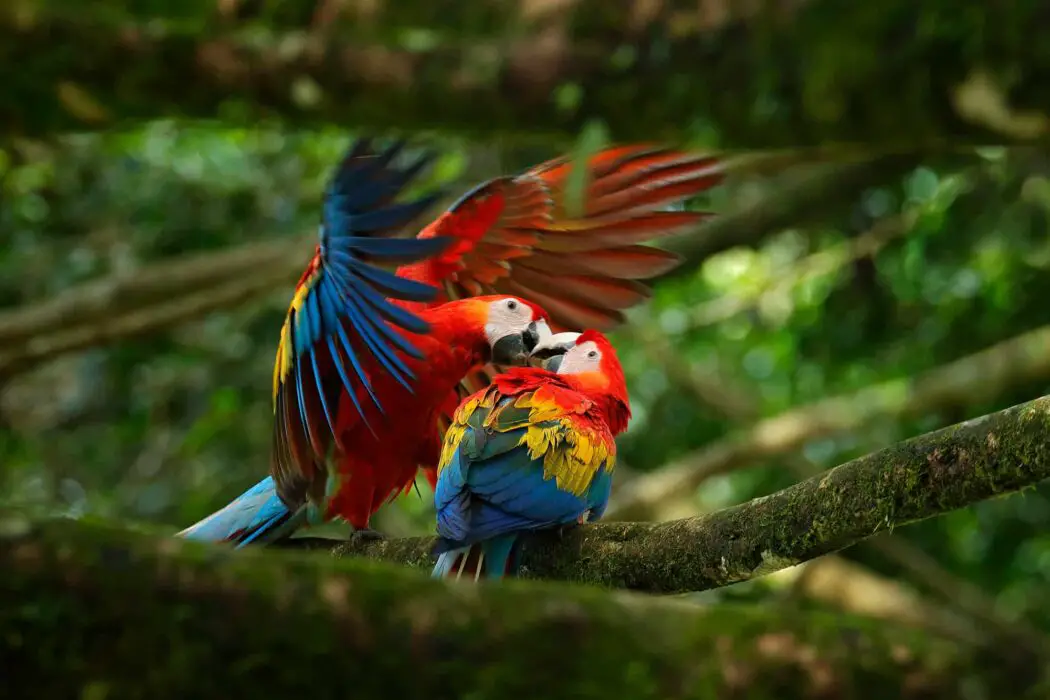
The parrot’s behavior change is something to be attentive to when you want to breed your parrot. Such behavioral changes are a result of a hormonal change in your pet. It may seem that your calm parrot with a mild temper starts acting like a typical “teenager.” The bird may demonstrate unusual behavior and act out. But stay calm; as soon as the mating time is over, their behavior is going back to normal.
So what are the expected changes you should anticipate during the mating season? Probably, you’ll notice that your parrot:
- Is biting more than usual
- Is flapping his wings more often, wagging his tail, and is showing all the known signs of in-love birdy
- It starts producing more noise than usual
- Plucking the feather (a more common mating sign for a female parrot)
Important to know that your parrot can demonstrate all or several of the described signs. And that won’t be connected to whether there is a parrot of the opposite sex around or not.
Even if you own a single bird, the hormone changes will cause the parrot to show the sign of the mating season. There is no need to prevent it. And there is no cure for it. Just be patient and wait until the affectionate behavior passes.
Why Do Parakeets Kiss Each Other?
How Does a Female Become Pregnant?
And the following logical question – what is the gestation period? To answer both, let’s have a quick review of a parrot’s anatomy.
So what happens when your parrot succeeds in mating? Does the female parrot get pregnant right away?
Not really.
First, the ovum connected to the egg’s yolk goes into the oviduct, where it’s fertilized. We don’t know for sure how long it may take. But we know that it took nearly 18 minutes in chicken, so probably the same goes for parrots.
After that, the ovum goes down a tube and reaches “magnum.” Here the egg’s white part is produced. And the next step is when the egg travels to the uterus to create the shell. The whole process takes 20 hours.
Does that mean that the parrot stays pregnant for only a day? Well, yes, but no. To be precise, parrots can’t get pregnant; the correct terms for them are laying eggs and incubation.
And yes, laying an egg takes not more than 24 hours.
Can Parrots Breed With Other Birds? Uncovering 3 Incredible Parrot Hybrids!
And What about Incubation?
The process of embryo development inside the egg is called incubation. This requires the proper temperature and favorable conditions so the egg can hatch into a new parrot. While in the wild, parrots incubate the eggs themselves. But in captivity, breeders usually have special incubators to create the right conditions.
The yolk provides nutrients for the chick, and the egg’s white gives protection and helps the birdy grow. The egg’s shell is strong enough to hold the parrot’s weight during the incubation period. But at the same time, it’s also brittle so that chick can hatch it from inside.
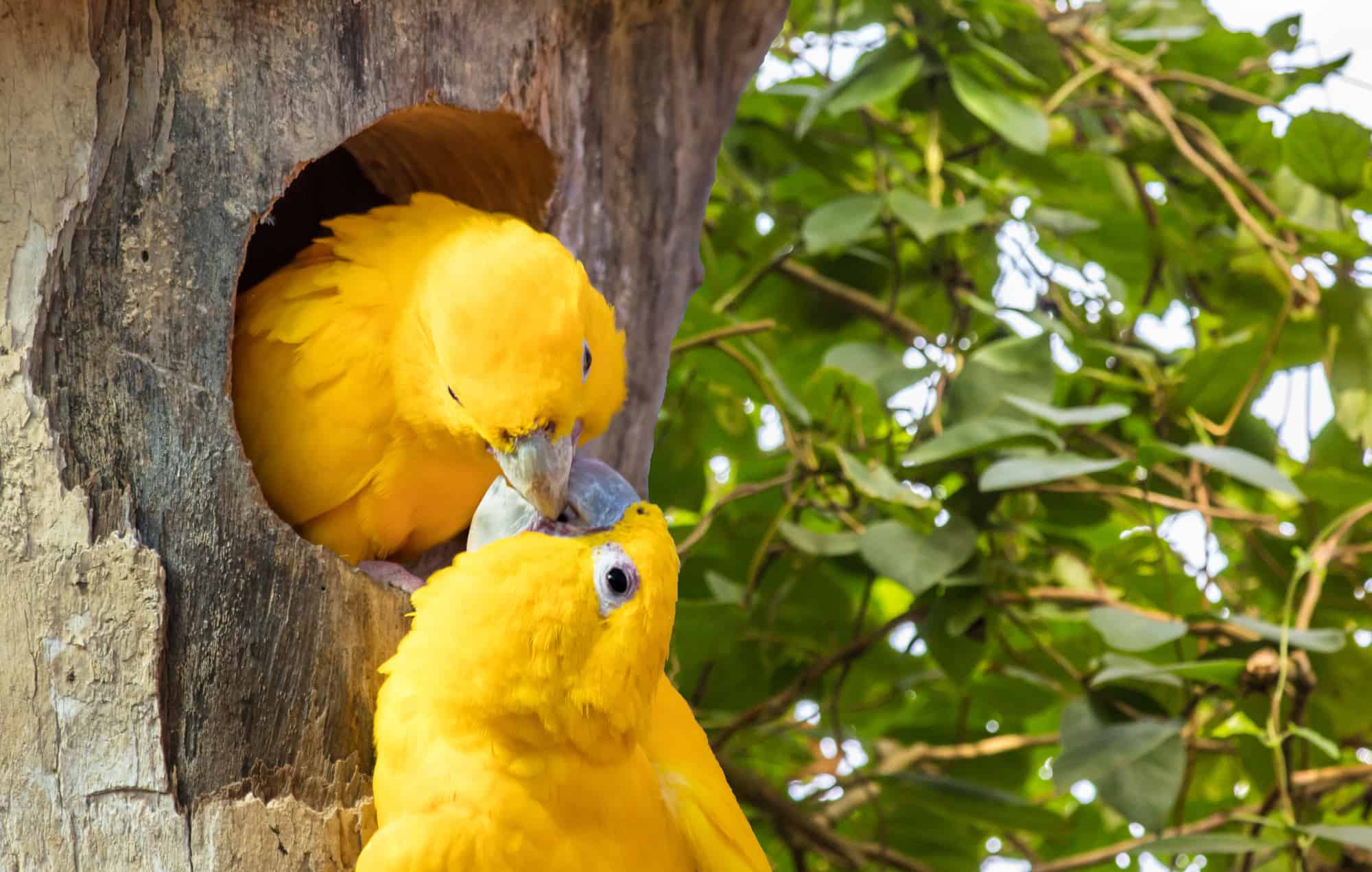
Interesting that most parrots can lay 2 to 8 eggs in one go that will require 18-30 days to incubate. The incubation period can vary for different parrot species. In the woods, female and male parrots will incubate eggs together. They will take turns to sit on the nest with eggs.
My Single Female Parrot Laid an Egg – How Is That Possible?
As I said above, getting pregnant is not necessary to lay an egg for a parrot. Female parrots can lay eggs during the breeding disregarding whether there is a male parrot nearby. So, don’t be shocked too much if you own a single parrot and have found an egg in the cage – not necessarily there is a baby parrot inside it.
The seasonal change of the environment tells the parrot’s endocrine system to start producing hormones that guide the female parrot to prepare an egg. So the process of fertilizing by a male is the main thing that defines whether a baby parrot will be inside the egg.
How Often Lovebirds Lay Eggs? Breeder’s Guide
How Do I Know If My Female Is “Pregnant”?
Again, the female parrot will not actually be pregnant. There will be no big belly in the bird. So there is no chance to visually understand your parrot is “pregnant” is to look for mating behavior. If spring is on the calendar and your female parrot is acting up – more likely she is preparing to lay an egg.
If you own more than one parrot, the right question is not “how do I know my parrot is pregnant?”, but “how do I know if the egg is fertilized”?
The simple candle test helps to understand if you are going to see a baby parrot soon. Take an egg and hold it gently up to a candle. If you can easily see through it – it wasn’t fertilized. So don’t expect a new parrot in your home. But if the egg inside looks opaque (you can’t see anything through it), with proper incubation, you can become a happy owner of a chick.
To Conclude
In a situation with parrots, it’s more appropriate to speak about laying and incubating eggs for female parrots. The general term “get pregnant” doesn’t really fit for a parrot.
So be sure to watch out for mating signs and don’t be too surprised if you come across an egg one day.

